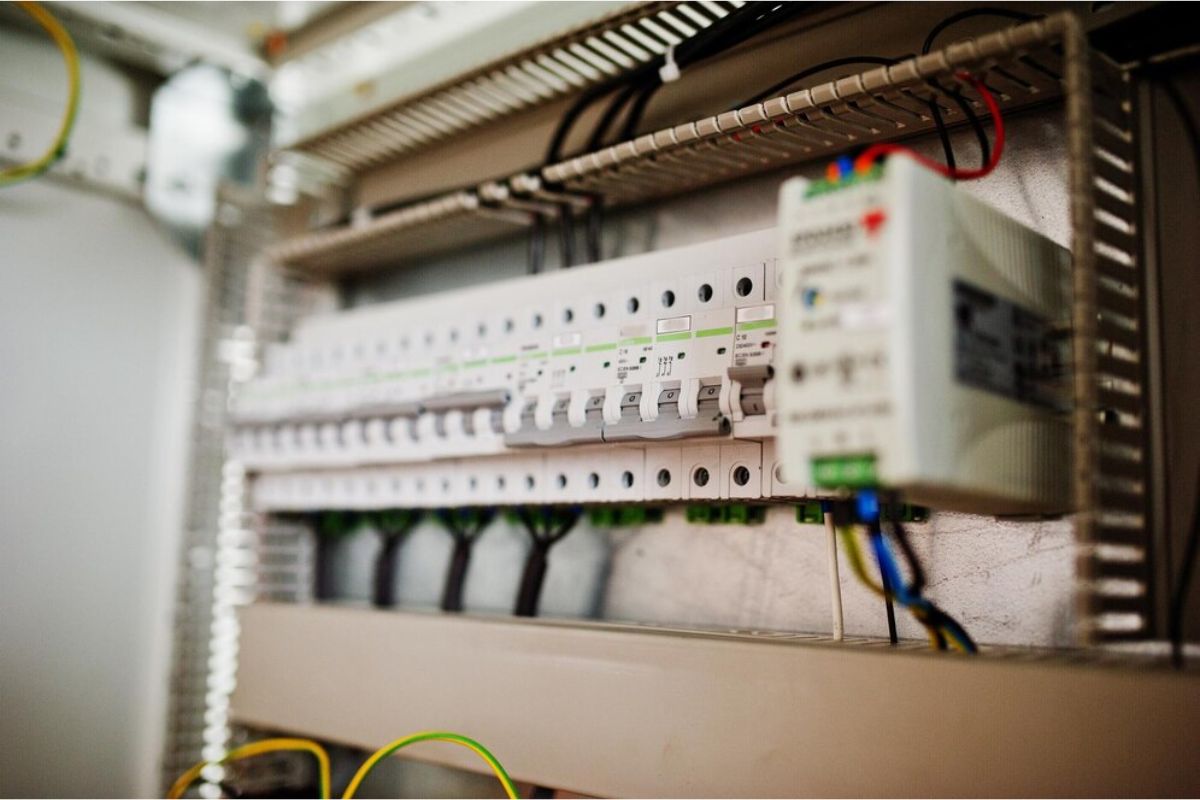Ensuring Compliance: A Deep Dive into Electrical Panelboard Standards

Electrical panelboards are integral components of commercial and industrial electrical systems. They distribute power to various loads throughout the facility. However, panelboards must comply with strict safety standards to ensure the safety of the facility and its occupants. UL 67 panelboards are certified to meet these standards, but what exactly are these standards, and why are they so important? In this blog, we’ll take a deep dive into electrical panelboard standards and explain how UL 67 panelboards ensure compliance.
Panelboard Standards
Electrical panelboard standards are established by several organizations and agencies, including the National Electrical Code (NEC), the Institute of Electrical and Electronics Engineers (IEEE), and Underwriters Laboratories (UL). These organizations set guidelines for the safe installation and operation of panelboards.
UL 67 Panelboards
UL 67 is a standard established by Underwriters Laboratories for panelboards used in commercial and industrial applications. To be certified as UL 67 compliant, panelboards must meet several requirements, including:
- Proper short-circuit current ratings
- Adequate grounding and bonding provisions
- Proper line and load terminations
- Adequate space for conducting maintenance and repairs
- Proper labeling for identification and safety
UL 67 panelboards are tested and evaluated by Underwriters Laboratories to ensure they meet these requirements.
Why UL 67 Certification is Important
UL 67 certification is important for several reasons. Firstly, it ensures that the panelboard is safe to use and will not pose a hazard to the facility or its occupants. Secondly, it ensures that the panelboard will function properly and efficiently. Finally, UL 67 compliance is often a requirement for insurance and regulatory purposes.
Other Panelboard Standards
In addition to UL 67, there are other panelboard standards that facilities must adhere to. These include:
- NEC Article 408, which establishes requirements for panelboards and covers various types of panelboards, including load centers, lighting and appliance panelboards, and switchboards.
- IEEE C37.20.1, which establishes guidelines for the ratings, testing, and performance of metal-enclosed switchgear and control gear.
- IEC 61439, which establishes standards for low-voltage switchgear and control gear assemblies.
Compliance with these standards ensures that panelboards are safe and effective.
Panelboard Design Guidelines
In addition to meeting specific standards, panelboards must also be designed and installed properly. Design guidelines for panelboards include:
- Proper sizing based on the facility’s electrical load requirements
- Proper placement and location for ease of access and maintenance
- Proper grounding and bonding provisions
- Proper labeling for identification and safety
- Proper ventilation to prevent overheating
Panelboard Testing Requirements
Panelboards must also be tested to ensure they meet safety and performance standards. Testing requirements include:
- Short-circuit current ratings
- Dielectric voltage withstand tests
- Insulation resistance tests
- Thermal performance tests
- Endurance and mechanical operation tests
FAQ
Q.1: What is UL 67, and why is it important for panelboards?
UL 67 is a set of standards issued by Underwriters Laboratories specifically for panelboards used in commercial and industrial settings. Its importance stems from the fact that it ensures these panelboards are built to meet rigorous safety, performance, and quality benchmarks, thus reducing risks of electrical fires, failures, and ensuring the system’s reliability. Compliance with the UL 67 standard means that a panelboard has been thoroughly tested and verified to operate safely under the demands of its electrical environment.
Q.2: How can I verify if a panelboard is UL 67 certified?
Verifying if a panelboard is UL 67 certified can be done by looking for the UL certification mark on the panelboard itself or its packaging. Additionally, you can check the panelboard’s documentation or datasheets provided by the manufacturer, which should mention the UL 67 compliance. If in doubt, you can also search the UL online certification directory using the panelboard’s model number or manufacturer’s name for confirmation.
Q.3: What are the key features and specifications of UL 67 panelboards?
UL 67 panelboards come with several key features and specifications designed to ensure safety and reliability. These include proper short-circuit current ratings to prevent overloading, adequate grounding and bonding provisions to ensure a safe electrical path, appropriate line and load terminations for secure connections, sufficient space for conducting maintenance and repairs to ensure operational longevity and safety, and clear labeling for easy identification and risk mitigation. Each of these features contributes to the overall safety and efficiency of UL 67 certified panelboards.
Bottom Line
UL 67 certified panelboards are an essential component of commercial and industrial electrical systems. Compliance with UL 67 and other panelboard standards ensures that panelboards are safe, efficient, and functional. Proper panelboard design and testing also play a significant role in ensuring compliance. By adhering to these standards and guidelines, facilities can ensure the safety and reliability of their electrical systems.





